American Arts Incubator — Colombia, entitled "Laboratorio en las Fronteras," brought together a group of 28 visual artists, filmmakers, creative producers, musicians, educators, and social advocates to explore migration and identity in the context of the Colombia/Venezuela border crisis.
Just as I was about to begin a journey to Barranquilla to lead the lab in person, the world went on lockdown due to COVID-19, and the program went virtual. Through a series of online workshops exploring personal narrative and documentary, interactive media, emerging technologies, social practice, and public art – we co-created a plan for a web-based virtual museum where the work could be shared and experienced by a global audience.
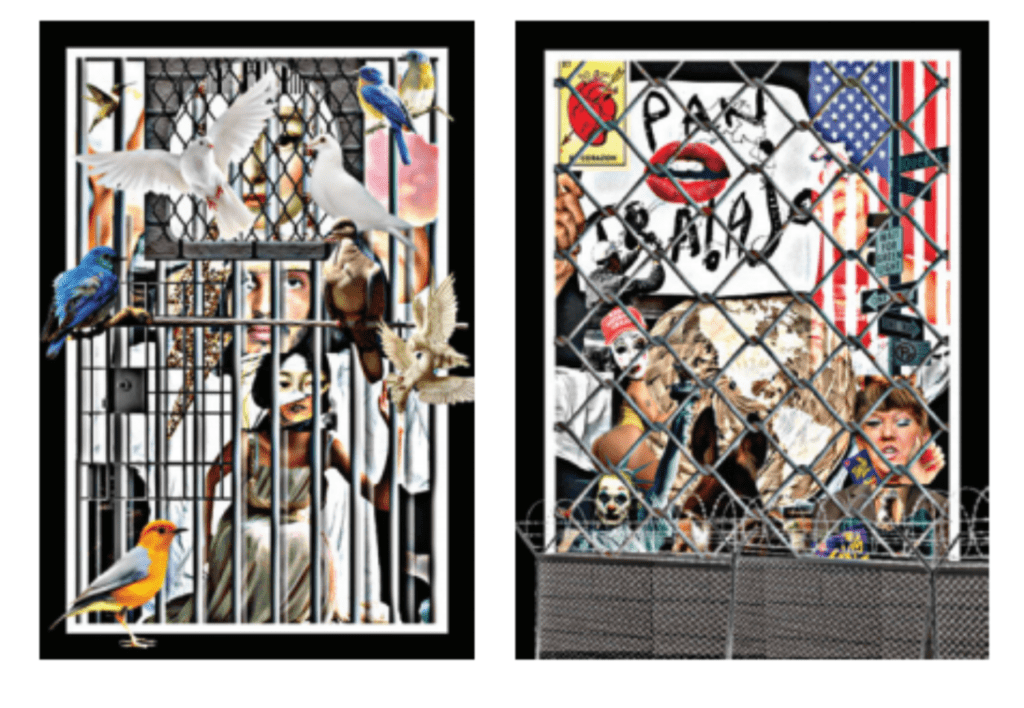
Each project is designed specifically for the virtual gallery we created, and also exists in the world as the creative expression of an independent artist attempting to survive the pandemic. In the Lab, the barriers we faced and the boundaries we crossed became part of work. The stories embedded in the virtual gallery reflect the powerful lived experiences of the participants at this unique moment in time.
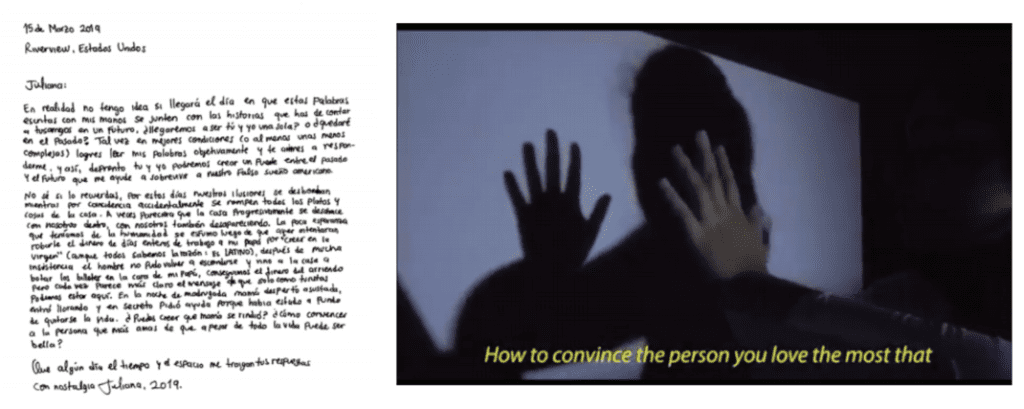
Four themes emerged from weeks of discussion that the artists chose to organize their work in the galleries: Fragments, Refuge, Reconfiguration of Identity, and Movement/Stillness. The projects included powerful stories of survival using photography, 3D modeling, poetry, single channel video, music, collage, augmented reality, and documentary.
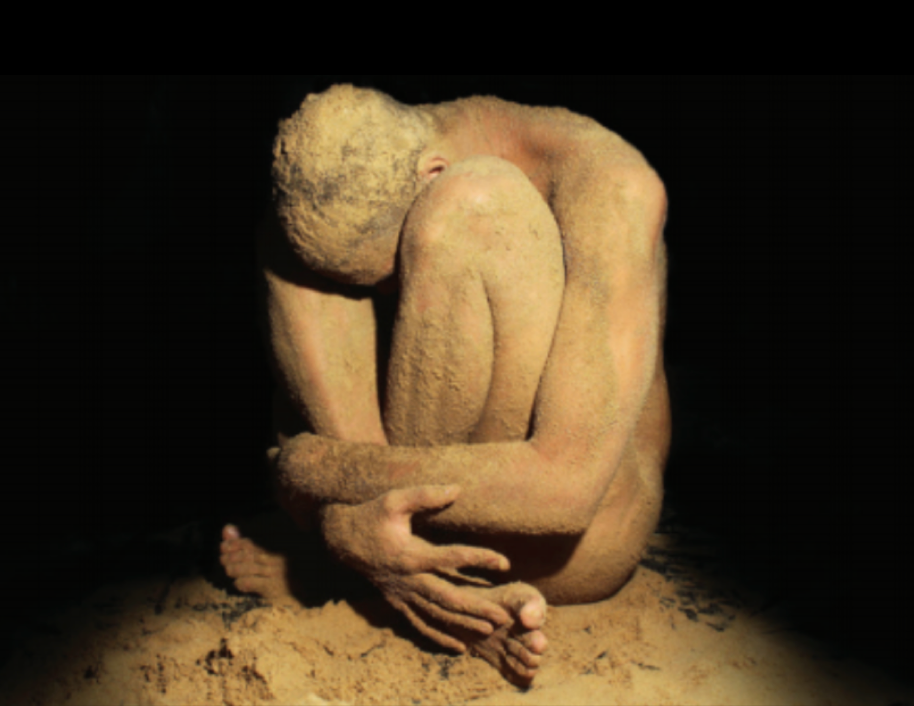
At first, the artists were hesitant to draw on their own lives for inspiration; they had wanted to use the opportunity of American Arts Incubator to work with communities at the border — to amplify their stories and raise awareness of a human rights crisis that was disappearing in the crush of coverage of the pandemic. Through the work of the Lab, the artists bravely centered their own life experiences instead and found their voices in a single phrase: we are all Migrants.
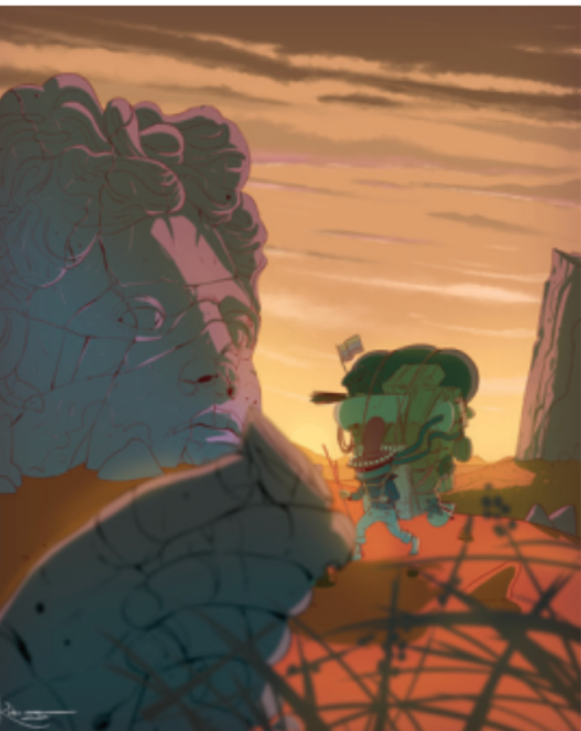
As we reimagine what our global future will look like through this darkness, I am grateful for the time I got to spend with this incredible community of artists who showed up online together for a month, hours at a time, and worked on projects alone in their homes, through quarantine, rolling blackouts, curfews, and extraordinary heat. We are all looking forward to the time when we can move the work from the virtual galleries into the streets, and into the world. Explore the virtual museum here.
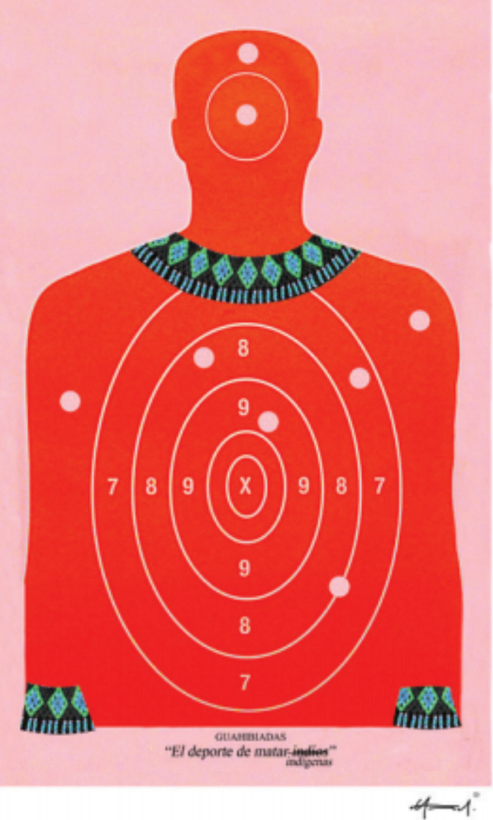
Note: Rashin Fahandej's "Future of Inclusion Lab," a series of virtual co-creation workshops that provide technology and resource access to a mixed group of Austria-based creatives, is currently accepting Austria-based participants. Read the open call in English/German and apply by Monday, June 21 >>
First is the moist breeze, then the faint sound of water rhythmically slapping against the bank. The soles of my feet are not used to the unevenness of the cobblestones. I walk alongside the Danube, witnessing people crossing paths, exchanging greetings; encounters coming together as a jagged yet porous edge of beautifully diverse experiences. Since the Roman Empire, Linz has been a transnational, transethnic crossroads. I hear the soft sounds of German, Turkish, and Latin as I watch my daughter’s nimble fingers scroll through the river path, as she too explores the far away lands with the intimacy of her touch through a glass and metal rectangle- the interface of my phone.
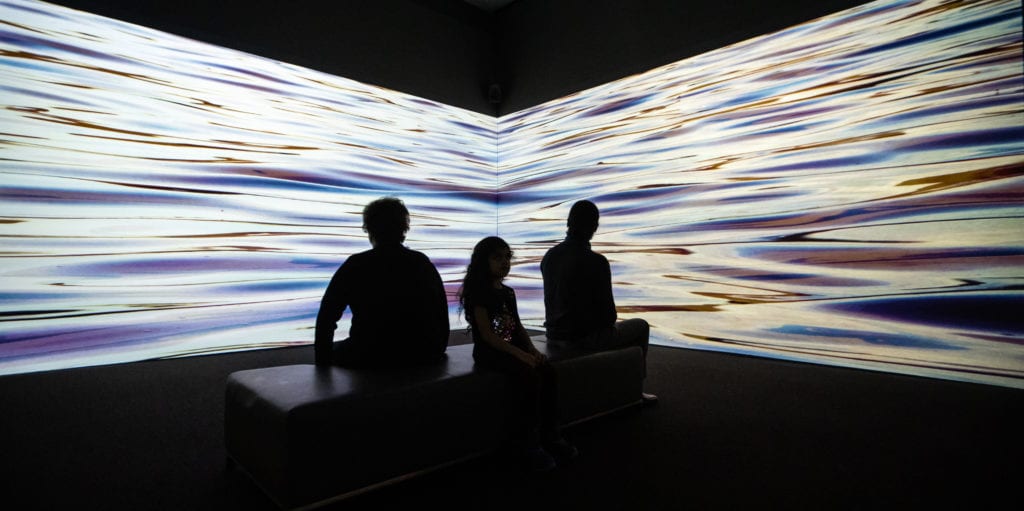
For the past year, my preparation for the American Art Incubator at Ars Electronica has been interwoven with visions of myself tracing the city’s complex history in my daily walks from Atelierhaus Salzamt to Ars Electronica — crossing the Nibelungenbruke bridge over the Danube, walking the streets, catching the aroma of fresh baked Linzer Torte. Daydreaming my month-long stay in Linz, I looked to accounts of the past and present in Austria and Linz and anticipated with excitement the city’s future, a vision that is nurtured in spaces like Ars Electronica.
With the sudden shift of this exchange to a virtual program in response to the pandemic, I am left to live the experience of being in the presence of a place and its people through the medium of technology: searching images, reading first-hand accounts, listening to Annea Lockwood’s “A Sound Map of the Danube.” These sources of information are like shattered particles of a reflection on the water’s surface, constantly flickering in and out of a vision that could be whole.
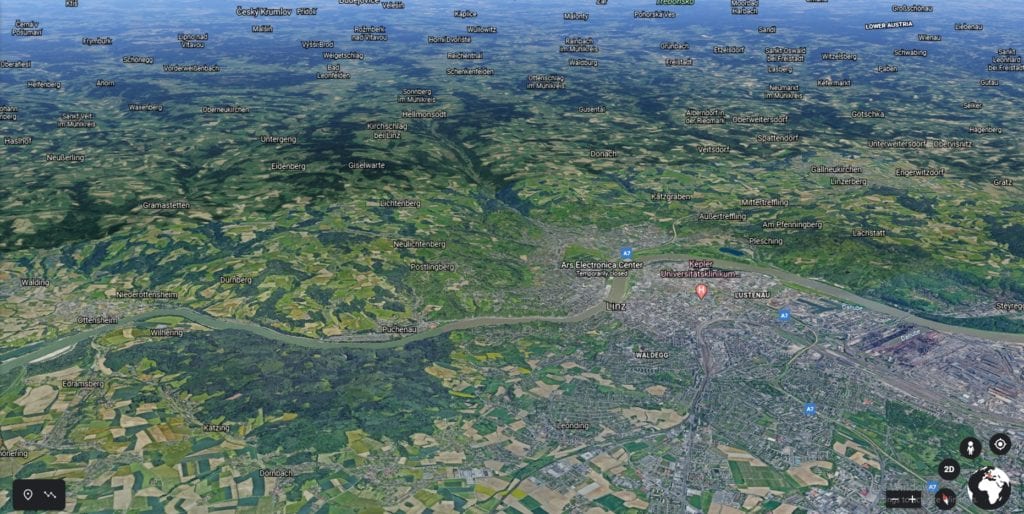
The global pandemic has impeded our ability to connect with the places and people we love, or had yet to love, in person. However, individuals and organizations have opened up a floodgate of virtual access to online content and experiences. Technology has solidified its role as the connective tissue among people from different nations within one city or across continents. On the other hand, the pandemic has also brought into sharper focus structural injustices and systemic inequities. In the field of Art and Technology, specifically, it is a call to construct equitable networks of support that center the most vulnerable.
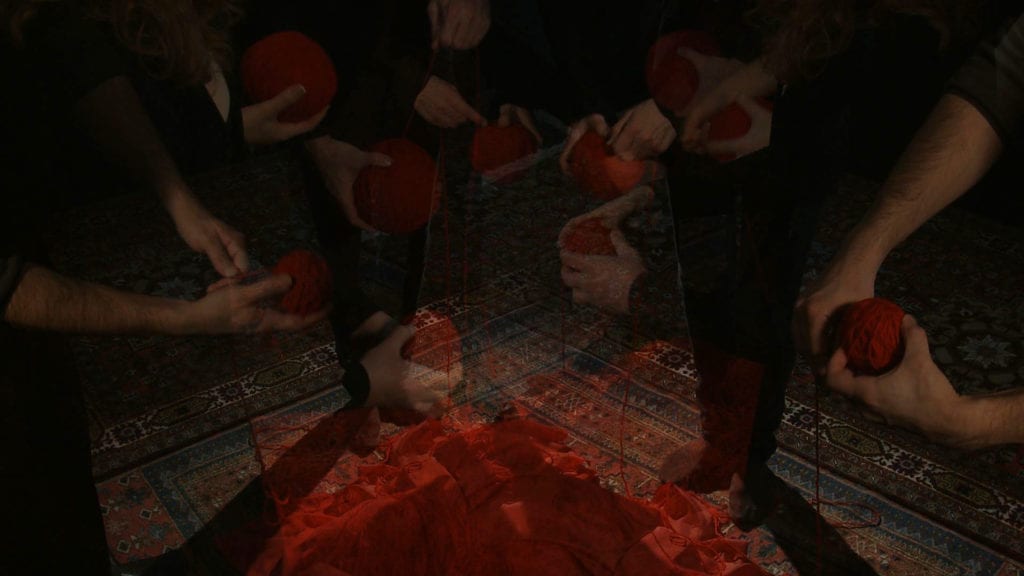
As a socially-engaged artist, I define my practice as “Art as Ecosystem,” a network of collaborations with a multiplicity of narratives that investigates social systems and animates public sites and online platforms, shifting the dominant narratives around urgent social challenges. Emerging technologies and co-creative processes form opportunities for cross-sector collaborations centering on personal stories. In this act of storytelling, the personal political realities of intersectional issues such as race, gender, immigration, and class become fluid. From this place of fluid holistic narrative, “Art as Ecosystem” arises.

My research for the past four years has been centred on “A Father’s Lullaby," a community co-creative project that uses poetic aesthetic as its critical lens to address the social challenges of mass incarceration in the United States. The project highlights the role of men in raising children, and their absence due to racial disparities in the criminal justice system. The work moves across multiple platforms, engaging people from a spectrum of experiences — from formerly incarcerated men to fathers that are federal probation officers. Co-creation engages diverse groups of participants that are mobilized by the moral responsibility of everyone to speak out on social injustices, not just those most impacted. The result of collaborations and tool-sharing workshops manifest as site-responsive installations shared in the community where it was created.

Pedagogy is intertwined with my artistic practice. As an assistant professor at Emerson College, I implement community co-creation methodologies in shaping classrooms. In the spring of 2020, my “Immersive Storytelling: Co-creation of VR and 360 Video” class brought together formerly incarcerated fathers, probation officers, and students. With the mid-semester shift to online academia, the collaboration relied on virtually using Augmented Reality and tools accessible to the fathers- their cellphones. The result of these collaborations, “From Father, With Love” is a set of postcards, each augmenting a father’s story through audio, visual, and 3D images.
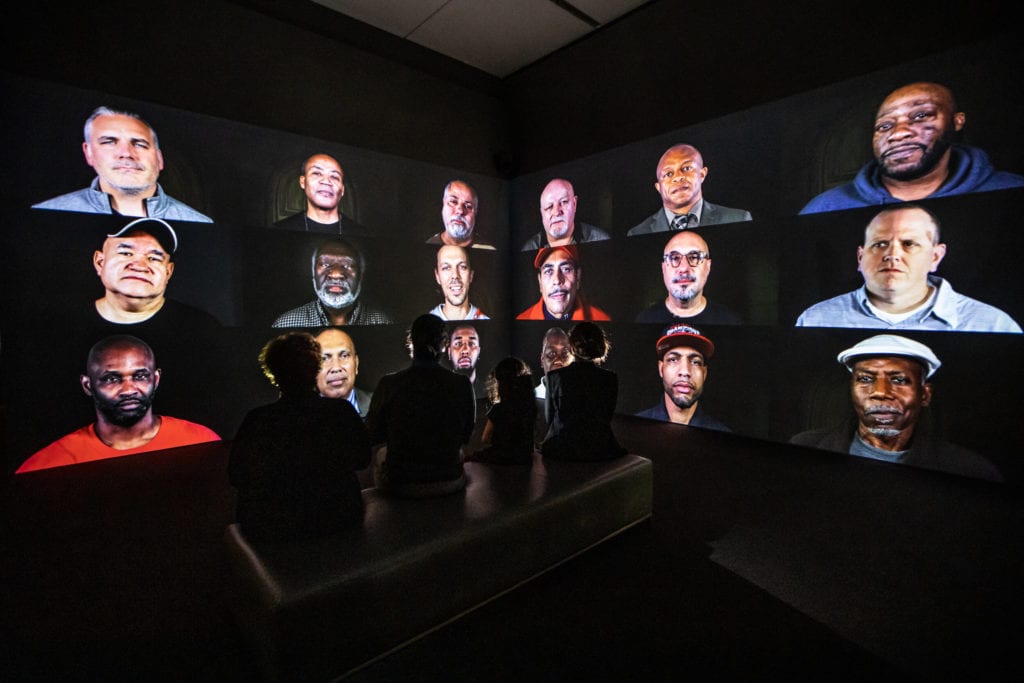
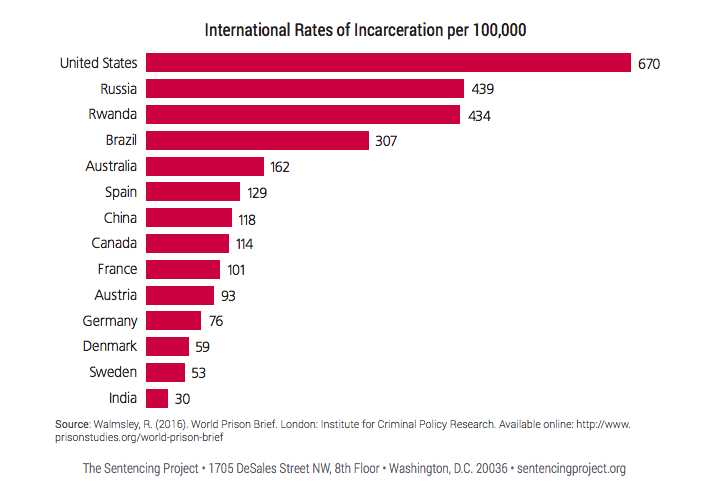
“Diversity gives me a seat at the table, inclusion allows me to have a voice at the table, but equity gives me the ability to run that table.”
DeAnna Hoskins, the president of Just Leader USA.
Partnering with Ars Electronica, an international hub for “experimentation, evaluation and reinvention” in art, technology, and society, presents a unique opportunity to envision radical changes to address critical questions of inclusivity, equity, and sustainability with underrepresented creators at the table. What are the conditions that need to be in place for equitable practices to stay sustained? Our collective efforts with local participants, leaders, and Ars Electronica is an incubator for these inquiries. With only a virtual presence, what are the effective ways to lean on the expertise and lived experiences of local collaborators, Ars staff, and community members? I am excited to work through the many questions collectively to imagine the future of inclusivity together.
Open call announcement for Laboratorio en las Fronteras.
On April 19, 2020, I was supposed to be giving an Artist Talk at the Museo de Arte Moderno in Barranquilla, Colombia to kick off my American Arts Incubator exchange, Laboratorio en las Fronteras (Lab at the Borders). In the global urgency of lockdowns, quarantines, and travel bans, that talk will not be happening. My body will not go to Colombia. But perhaps we can overcome the obstacles of disease, geography, language and culture. Perhaps we can leverage available technology to do something meaningful inside the constraints of pandemic culture.
In a crisis, artists always go to work.
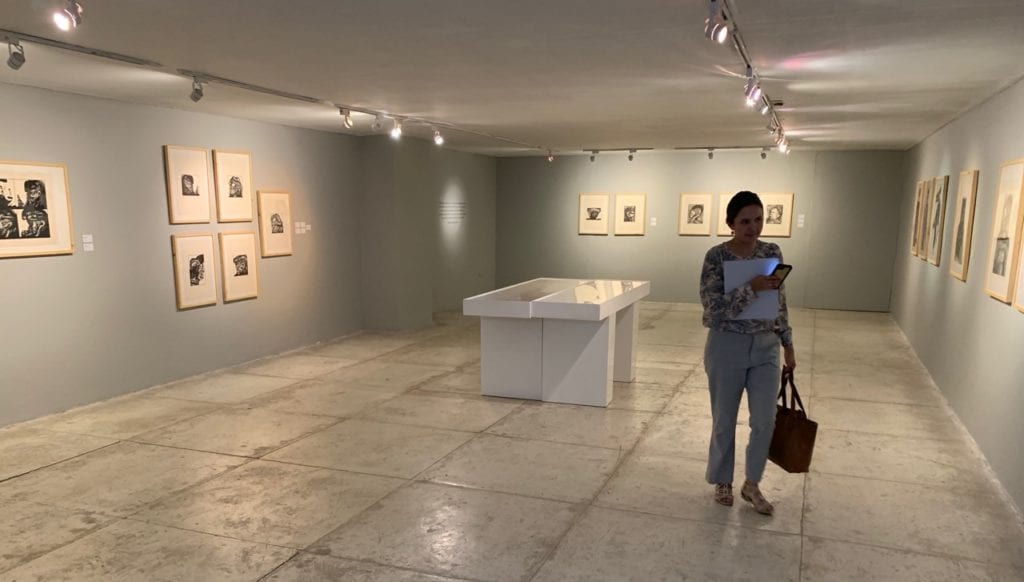
I’ve been attempting to learn Spanish online with a tutor from Colombia and my Babbel app, plan workshop rituals, sharpen the curriculum, visualize how we could possibly co-create a multi-generational interactive media exhibition reflecting the multiple identities of migration, displacement, and statelessness. Can we possibly create a virtual creative lab without any in-person connection and interaction? Who am I to think that we could move this experience online and actually incubate projects that will explore the lived experience of diverse communities at the border, contribute to peace-building, protect human rights workers and vulnerable refugees, and rise up the stories of those so frequently silenced?
I do think that something meaningful and beautiful will come of this. We just can’t possibly know what it is right now. I do know it is very important to be present in the unknowing.
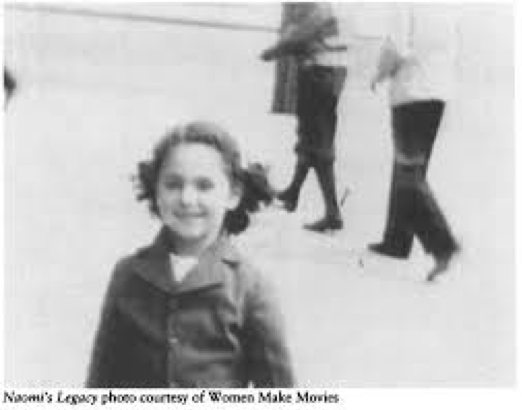
Today, I have the feeling that I’ve been preparing for this moment my whole creative life. At Oberlin College, I completed an independent major in Ethnopoetics. As a young filmmaker, I worked a lot in re-articulating and re-photographing home movie footage into new and unexpected narratives. My film that went to Sundance in 1994 was a collage of found footage and voiceover, an essay on my own infertility. It was my Saturn return, and I needed to discover who I was. Now, as a facilitator, project director and educator, a quarter of a century has passed, and I’m working on my own invisibility.
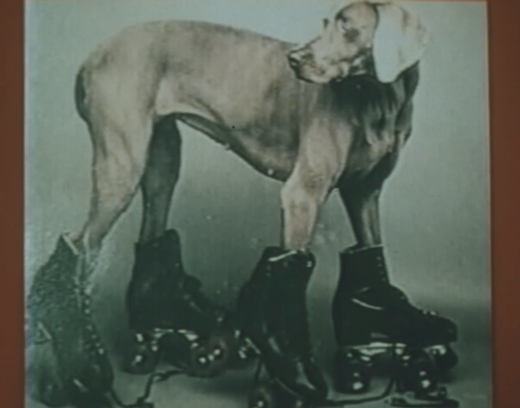
At some point in my creative practice, I turned away from making my own projects and became a visual, human-centered ethno/futurist obsessed with the intersections of celluloid, pixels and codecs, and the social and cultural implications of the transition from analog to digital to virtual – especially in documentary.
Leading the Producers Institute, the first new media lab in the U.S. for documentary filmmakers and journalists, I could see up-close the power of having artists, technologists and activists together, co-creating from day one. Those labs (at the Bay Area Video Coalition in San Francisco) worked because we were together for ten endless days and nights.
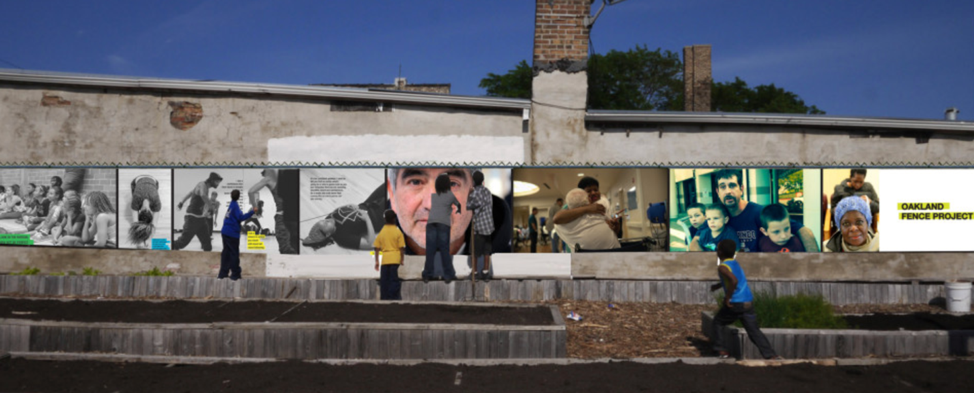
A few years later, directing the Oakland Fence Project, we created one of the first story-based A/R apps that enabled the subjects in still images to speak, to “come-to-life.” That technology augmented 5-foot photographs with stories and voices rarely heard.
It is in this space that the vision for the work will emerge. I know it.